Not only Indians: which peoples of Russia scalped their enemies
Categories: History
By Pictolic https://pictolic.com/article/not-only-indians-which-peoples-of-russia-scalped-their-enemies.htmlFrom adventure novels and films, we know that the Indians of North America took scalps from their enemies, that is, they cut off part of the skin from the head along with the hair. True, few people know that this custom was brought to the "bloodthirsty redskins" by white people, but let it remain on the conscience of the authors of novels and directors. But scalps were removed not only in America — this was the custom of many peoples of the world, including those who lived on the territory of present-day Russia.
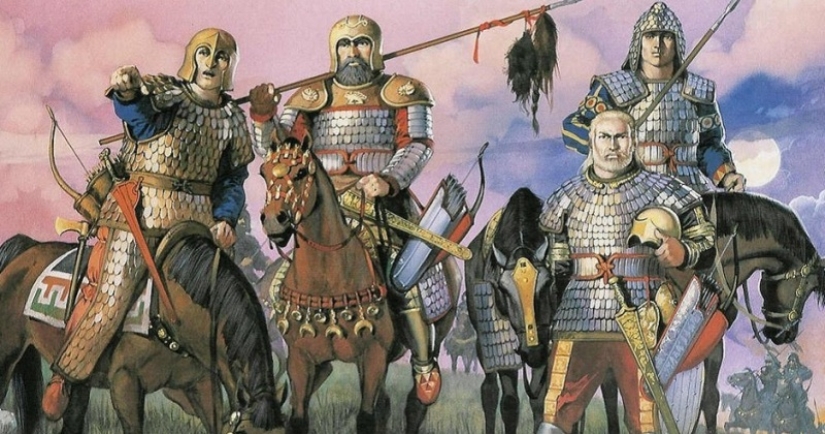
Scientists believe that the Bronze Age people were the first to take scalps. The first body of a man with a scalp removed, dating back to this era, was found in the Randers swamp, in Denmark. Later, at least three graves of people with removed scalps dating back to the Bronze Age were found on the territory of Russia: the Kalinovsky burial ground (Stavropol Territory) and two bodies in the Pepkinsky Kurgan (Mari El Republic).
A Scythian warrior with a scalp taken from an enemy
Later, the Scythians practiced the custom of depriving enemies of scalps. The father of history, Herodotus, wrote in the 5th century BC that Scythian warriors did not miss the opportunity to scalp the enemy and collected whole collections of trophies, showing off their military prowess to each other. Before taking the scalp, the Scythians brought their leaders the heads of defeated opponents and only after that they took the trophy. They cut the skin in a circle and then with one strong jerk shook the skull out of it.
After that, as Herodotus wrote, the Scythians treated the scalp, scraping the skin from the inside sharpened by the edge of the bull and carefully kneaded with their hands. Then the warriors tied the prey to the saddle and so it gradually dried. The most glorious Scythian warriors had whole piles of scalps at their saddles, and especially pretentious heroes even sewed cloaks out of them.
For the graves of the Scythian period, which lasted from the 7th to the 4th century BC, scalped bodies are not uncommon at all. The remains of a man with traces of such an "operation" were found in the Second Pazyryk Mound in the Altai, and three scalping victims were found in a burial near the village of Bystrovka, Novosibirsk Region. All of them were first cut off their heads before removing the skin.
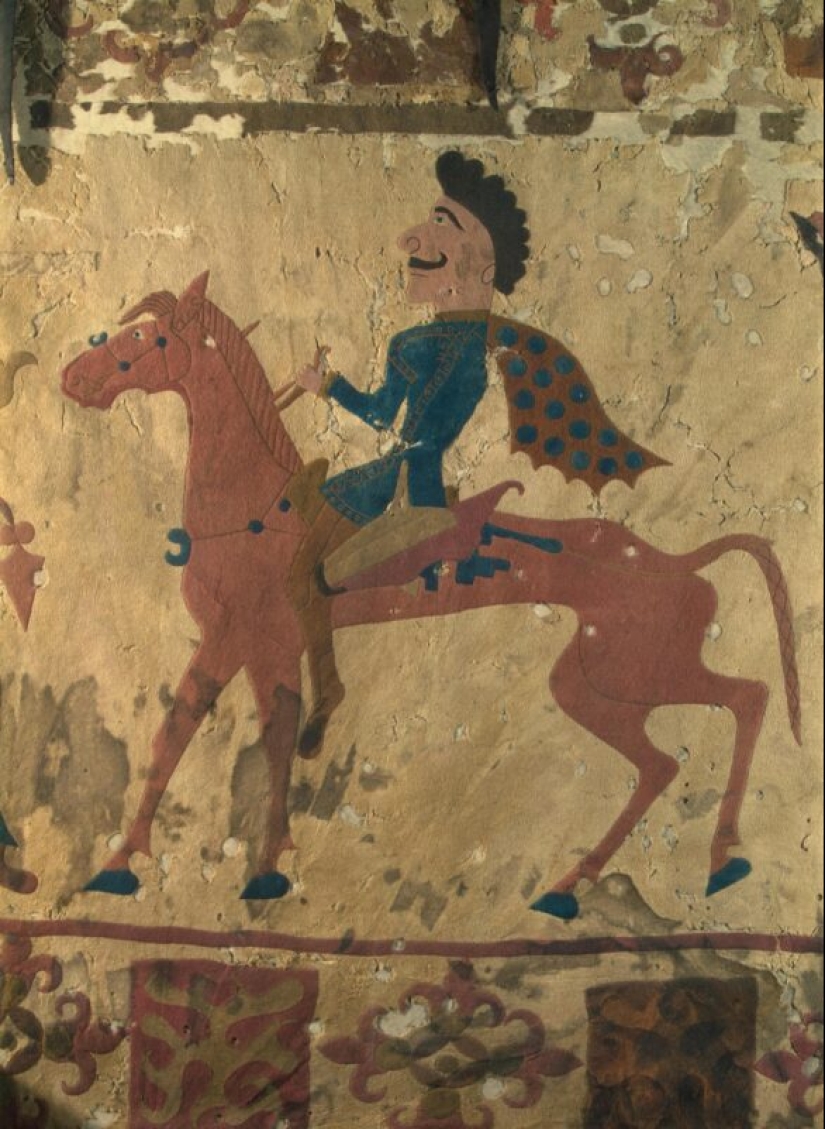
An ancient image of a Scythian
In the Scythian graves in the valley of the Ob River, eight skulls were found at once, with circular blade marks encircling them. Six of the heads belong to men who were between 20 and 40 years old at the time of death, and two belong to a child and an elderly woman. It turns out that it was customary for the Scythians to remove the scalp not only from warriors, but also from victims of any gender and age. Funerary dolls with unusual wigs made of human scalps were also found there.
Scientists believe that the custom of depriving enemies of hair was associated not only with a demonstration of military prowess. The Scythians believed that the hair is the receptacle of the soul and the enemy, deprived of a scalp, will no longer be able to be born in a new incarnation and will remain dead forever. In general, the cult of the scalp was very developed among this people. Sometimes the masters even made ornaments for the harness from horse tails and animal fur, imitating human scalps.
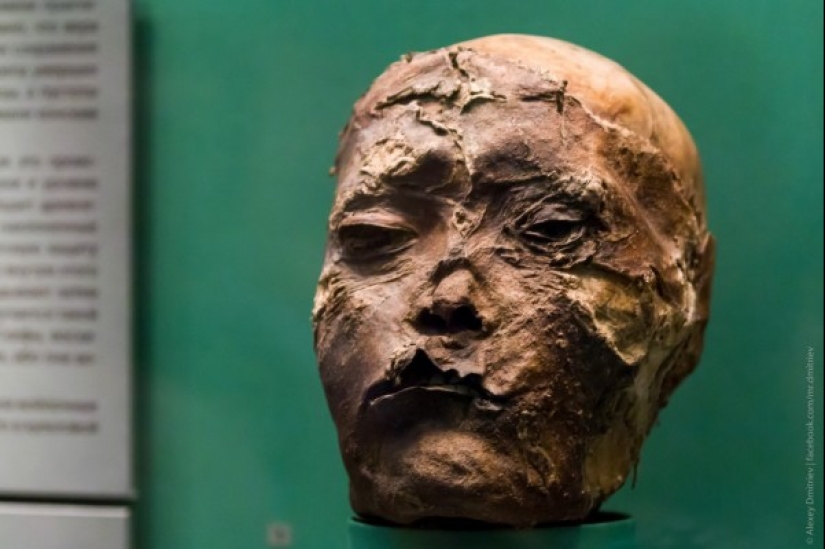
A scalped head from the burial of the Altai Mountains.
In the Novy burial ground, in the Rostov region, there were bodies with skulls that had traces of rough post — mortem scalping-a ring wound without signs of healing. They were three young men and a very young girl, no older than 17 years old. The Roman historian Ammianus Marcellinus, who lived in the 4th century AD, in his writings confirms the existence of such a custom among the Alans.
In the XIV century, a Hungarian monk named Yoganka wrote that he communicated with a certain experienced ambassador who spent a lot of time in Siberia. The latter told him that there are people in the north who take scalps from enemies and honor them as a sacred relic.
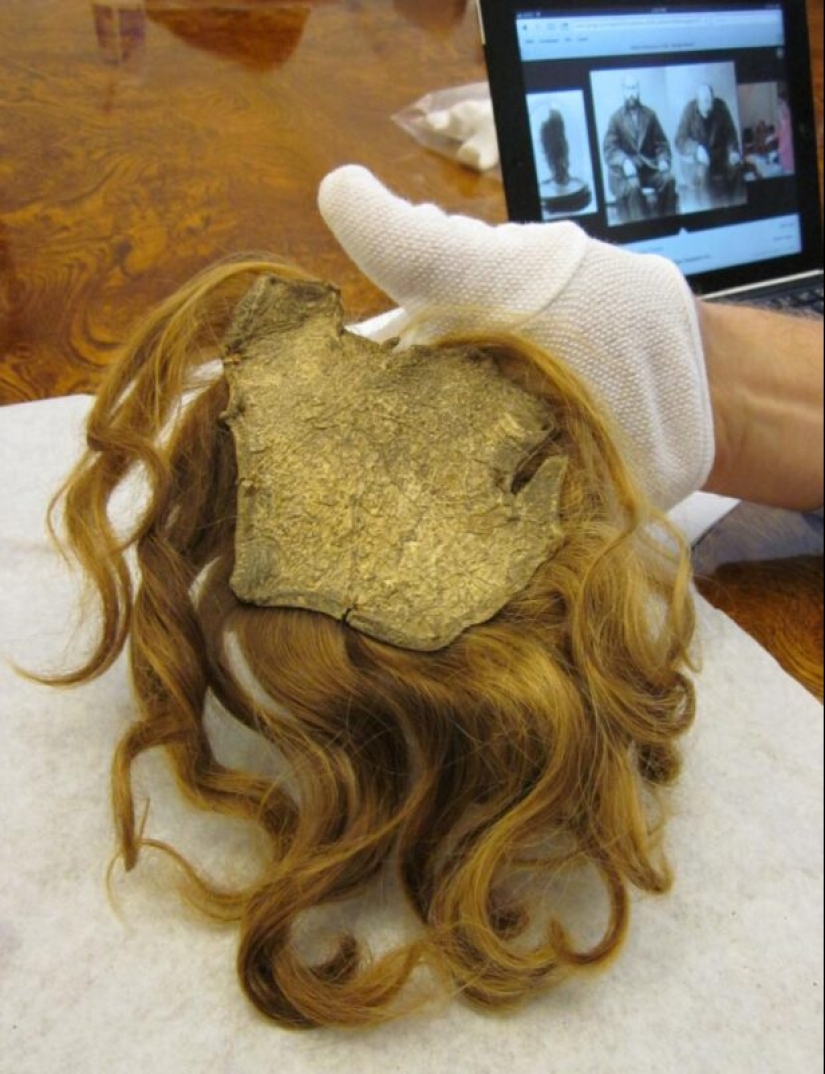
This is what a removed and properly treated scalp looks like
Valery Chernetsov, a well-known Soviet archaeologist, said that the custom of removing the skin from the head along with the hair is repeatedly mentioned in Ugric folklore. In the legends of the Khanty and Mansi, the scalps of enemies were hung on pine trees in the forest or on islands in the middle of the Ob.
The Khanty believed that it was possible to kill a person irrevocably by depriving him of his hair, and hanging trophies on trees was a kind of offering to the gods. Samoyeds also practiced this custom, and sometimes cases of scalping were noted even at the beginning of the 20th century.
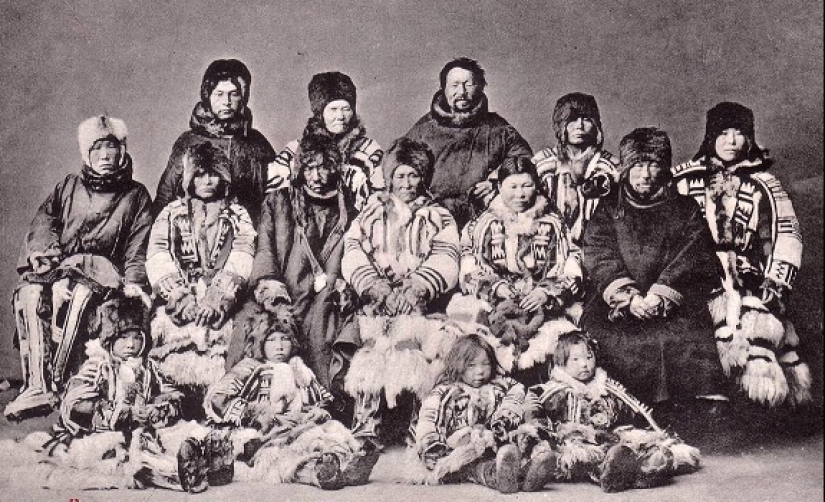
The Hunt family. Photos of the beginning of the 20th century
One of the most "recent" cases was described during the Adayev uprising, which took place on the Mangyshlak Caspian peninsula, which now belonged to Kazakhstan. There, the Kyrgyz took the scalp from the Cossack lieutenant colonel Rukin and sent it along with the weapons and horse of the deceased officer as a gift to the Khan of Khiva. This happened in 1870 — quite recently by historical standards.
There are fans of creepy trophies even today. We don't know if anyone collects scalps, but there are many connoisseurs of skulls decorated with elaborate carvings in the world.
Keywords: Warriors | Victims | Burial | Indians | Historian | Siberia | Central asia
Post News ArticleRecent articles

Sometimes you see a tattoo on a person and think: "Why did he do it at all?". A familiar feeling? If you have never experienced it, ...

Taxi ride like a lottery — you never know if you will pull the winning ticket. Even the official services like Uber does not ...
Related articles

Explosions of smartphone batteries and short circuits in sockets no longer become a sensation, but few people know that the danger ...

Serial killer David Berkowitz (David Berkowitz) for a year terrorized the people of New York. He shot six people to death and ...

The cruelty and bloodthirstiness of the "monster from the Andes" impresses even the most cold-blooded. Pedro Lopez confessed to ...

Finnish photographer Juha Tanhua has shot an unusual series of "space photos". Astrophotographic images of stars, galaxies and ...